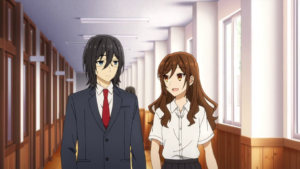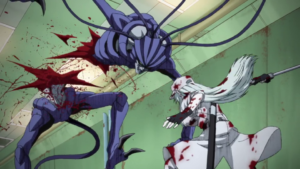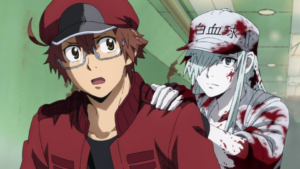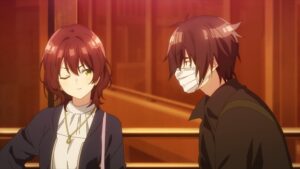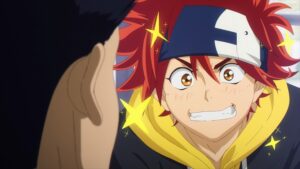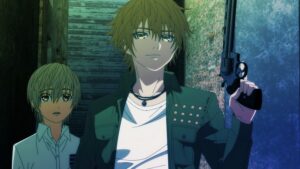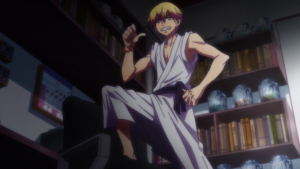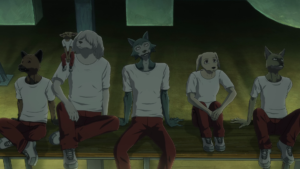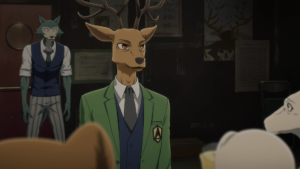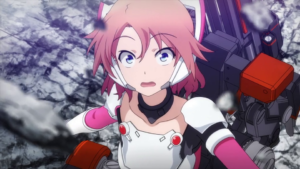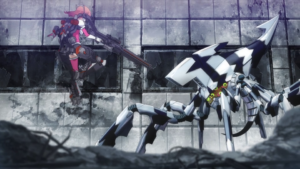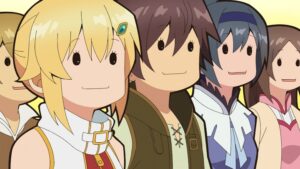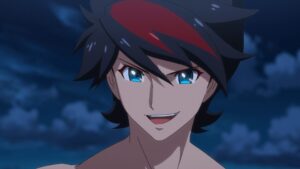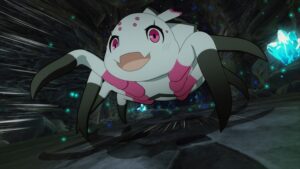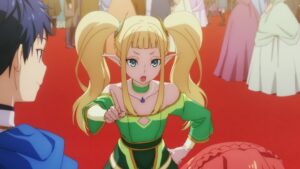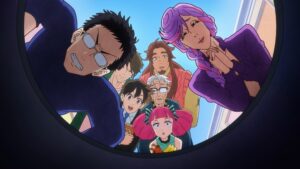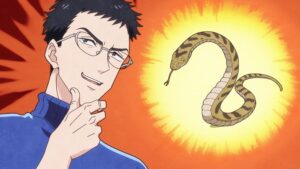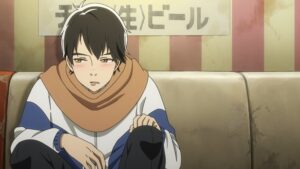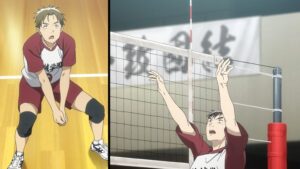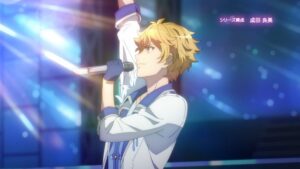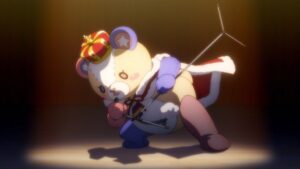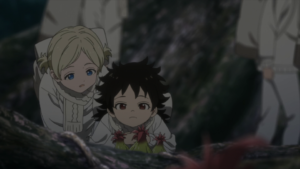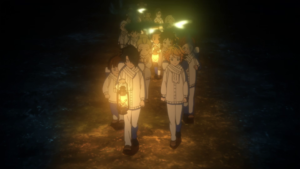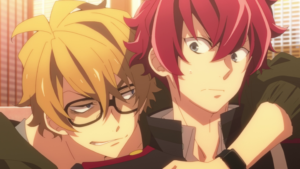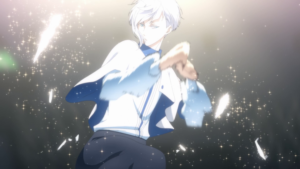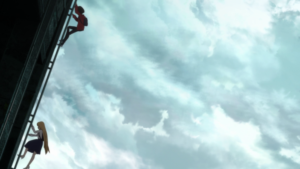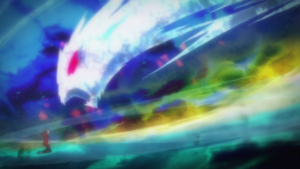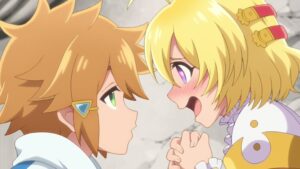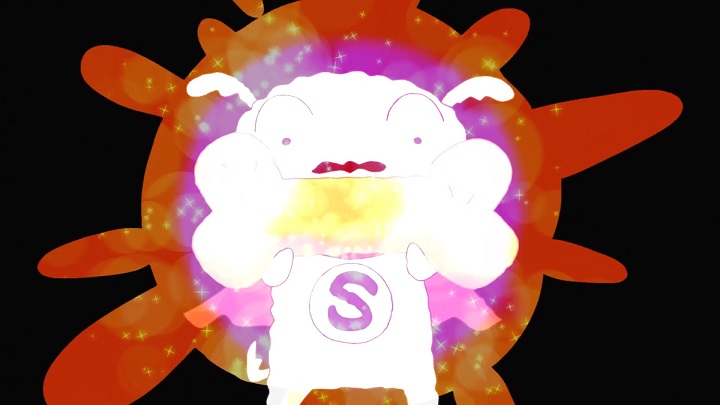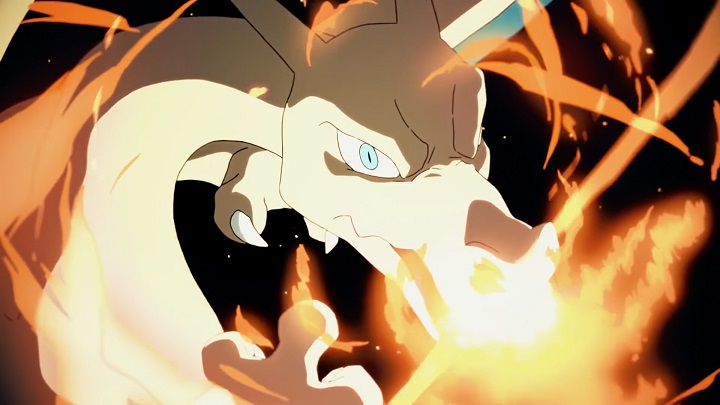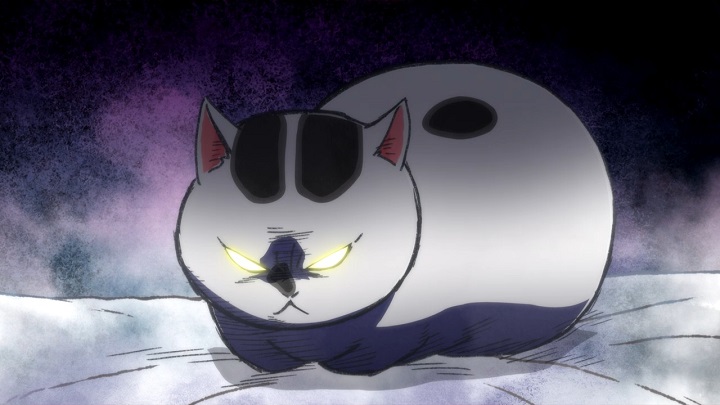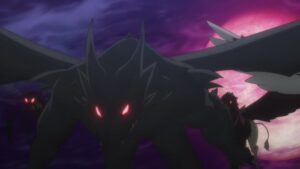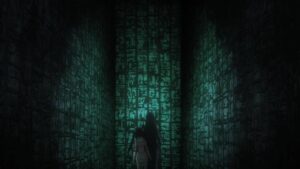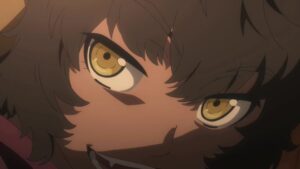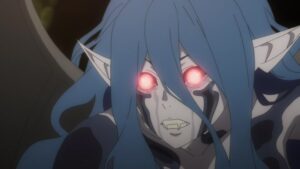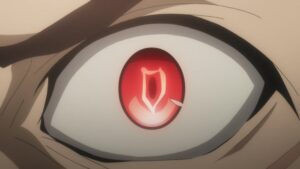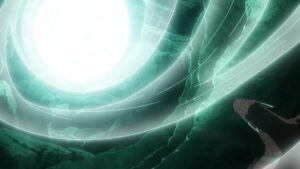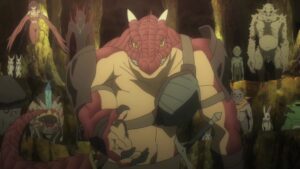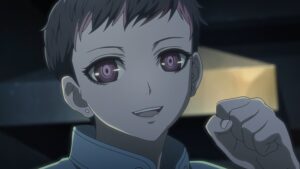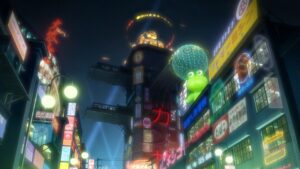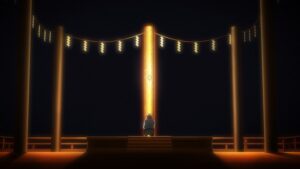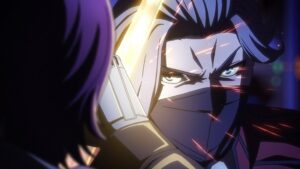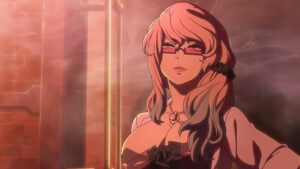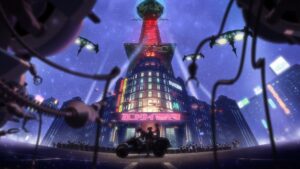Horimiya
Short Synopsis: Two Japanese teenagers have secret identities. Except they’re boring.
Amun: The multi-coloured shadows are weird. Like the anime just randomly T-poses in different colours for some reason. But seriously…for a show I had pretty high expectations for, that premiere was…okay? It felt a bit heavy handed, honestly. Let’s get this out of the way – no one can help but compare it to Toradora. And by that measure, this first episode fell far short. But on its own merit, Horimiya felt…like there’s not much of a ceiling. Either this show is going to continue at a breakneck, break-heart speed or stagnate to the point of nauseam. I felt the characters were painted with heavy lines and don’t feel like they have much room to change – something that Toradora did incredibly well. I guess it might get better, but I’ve got a bad feeling this show has more pretention than performance.
Potential: 25%
Mario: What struck me first and foremost after I finished watching this first episode of Horimiya is how straightforward the setup is. There’s no earth-shattering external events that cause them to stay apart (like in Koi to Uso or every version of Romeo & Juliet), there’s no internal conflict that pulls them apart (not yet), it’s just a simple story of a girl and a boy seeing different, real-er sides of each other and growing closer because of it. Their chemistry is amazing and even with just this one episode it feels more genuine than many other anime that depict romance. In addition, I like the visual motif of these two characters and their shadows, signifying their outer appearances vs their hidden sides. On that note, I found Horimiya laid it on a bit too thick as it repeated that point too many times (at one point even spelling it out to the audience). The production is decent most of the time, and the dialogue for me is delightful… most of the time. On one hand I appreciate the natural exchanges between the two main leads, but at the same time Horimiya has a tendency to overreact. The most head-scratching part, however, lies in its first few minutes with the creepy comments by the teacher, something I hope the show won’t rely too much on. To sum up in one word, Horimiya is a delight.
Potential: 70%
Cells at Work: Code Black
Short Synopsis: One rookie red blood cell encounters the difference between promotional videos and reality.
Mario: Dang, how was I wrong about this? It turns out that the first episode of the original Cells at Work 2 is just better than this one, no contest. While I initially thought that Cells in sick bodies would make a more gripping show to watch, Code Black is guilty of making it heavy-handed and sucks the charm out of its premise. We have the typical set-up of a new Red Blood Cell who soon learns about the harsh reality of the job, we have the oversized-boobs White Blood Cell which makes no freaking sense and we have the typical bullying senpai – this feels like your average high school anime all over again with a different setting. On a positive note, I like the difference in the other cells’ behavior on and off camera – it’s fun to see the disparity in attitude – but like I mentioned above Code Black doesn’t aim for “fun”. That disparity is there for dramatic effect, and as a consequence the initial spark of watching how your cells work in animated form vanishes. Learn to loosen up a bit and have fun, will ya?
Potential: 30%
Amun: Mario wasn’t terribly enamored with the gritty reboot of Cells at Work: Dying Body Edition, but I thought it was…interesting at least. I kind of like the other side of the coin, a body that isn’t healthy. My complaints – I don’t love the weird shadow texture that’s being applied, and the White Blood Cell’s “plots” could be toned down. Let’s be honest – there’s only so much personification a single cell can take, and I think Cells At Work: Black is starting to bump up against that limitation. Still, the ingenious conversion of organs to buildings and clever adaptation of science are all still here – just missing a bit of the levity. I’m still a fan though, even if I feel a little shamed into working out.
Potential: 60%
Jaku-Chara Tomozaki-kun
Short Synopsis: Japan’s best Smash Bros player takes etiquette lessons from a high school hottie.
Wooper: This show is basically a self-help guide for incels. The first half largely consists of a shaggy-haired gamer’s complaints about attractive people living life on easy mode, while the second confronts him with the idea that he hasn’t put in enough work himself. That confrontation comes courtesy of the cutest girl in his class, who is naturally also a skilled gamer – though not as skilled as the protagonist, of course. We wouldn’t want to get too crazy with our shitty wish fulfillment plots! She takes the main dude under her wing, laying out objectives like “smile more” and “talk to three girls in a single day” for him to achieve. Of course, this rehabilitation project is just a pretense for the anime’s true purpose, which is laid out in the OP: gather a bunch of cute girls around a lonely nerd. “Woman fixes man” is among the worst romcom types in existence, so using that as a framework and then dumping a bunch of feel-good crap on top is insulting. I’m sure this series will have its champions, but they could do a lot better than watching another episode of Tomozaki-kun.
Potential: 0%
Amun: Amun’s liveblog of this premiere: This isn’t very good. Halfway through – I’m pretty bored. I guess it’s supposed to be inspirational or something. There’s just a lot of talking and some super smash hos going on – oh wait, that would have been actually interesting. There is just so much talking. I’m just so bored. Please. It’s still going. Why is this happening to me. Oh look a little sister. And the clubroom from Yahari with sewing machines. It’s over. Upon seeing this, I’m not surprised the birth rate in Japan is dropping.
Potential: 0%


